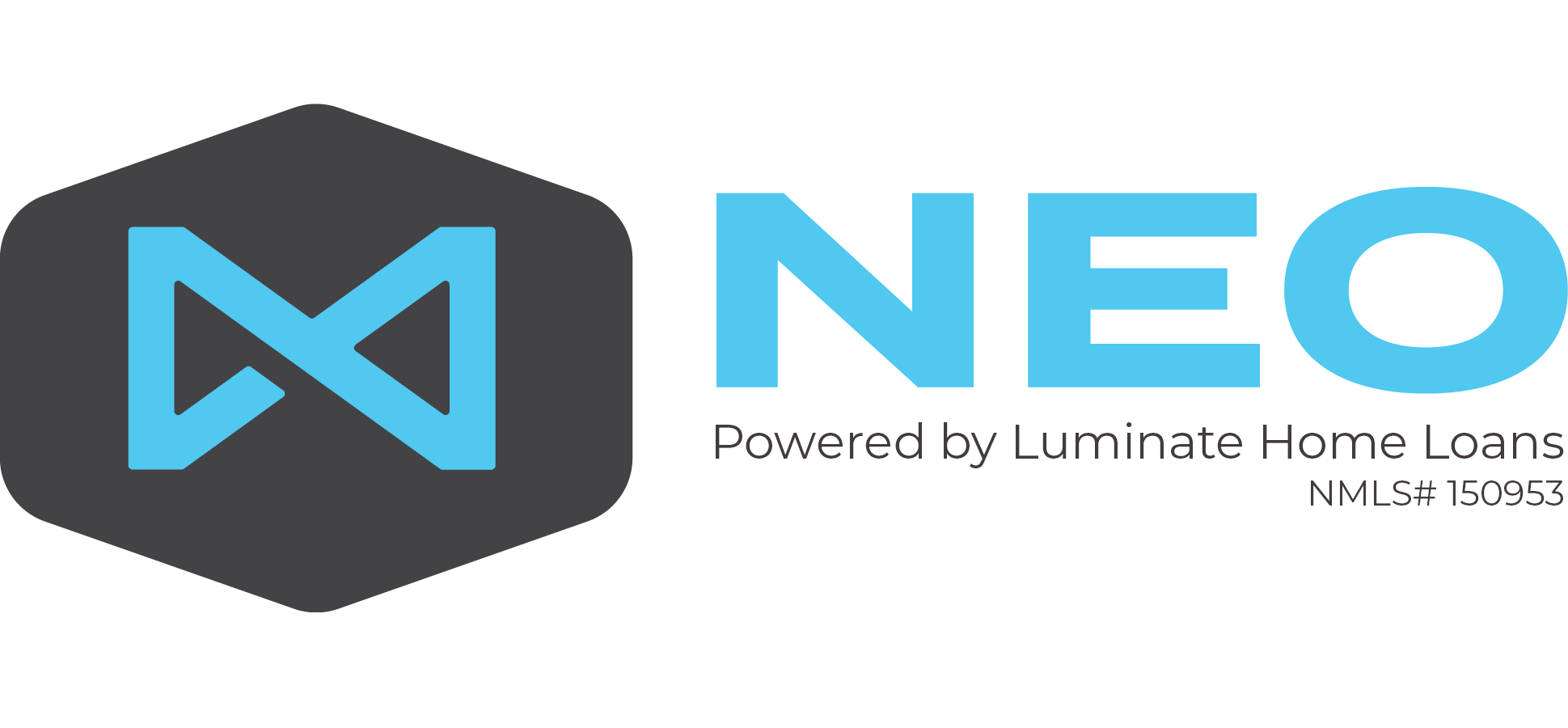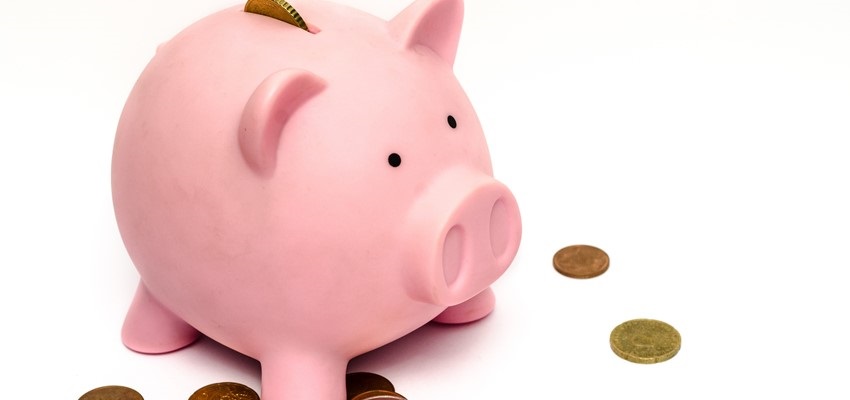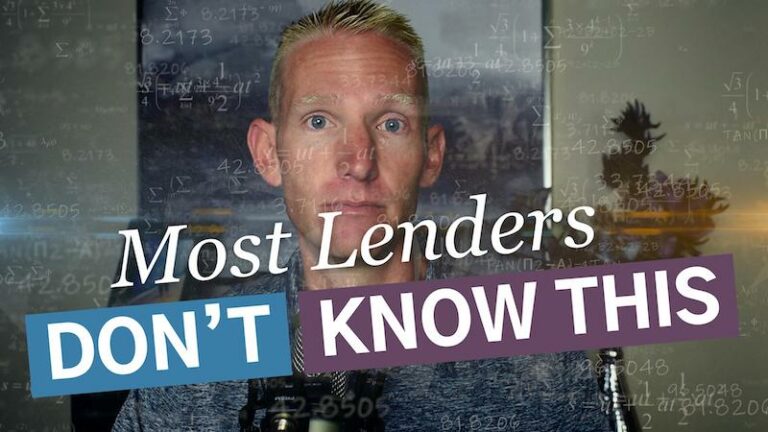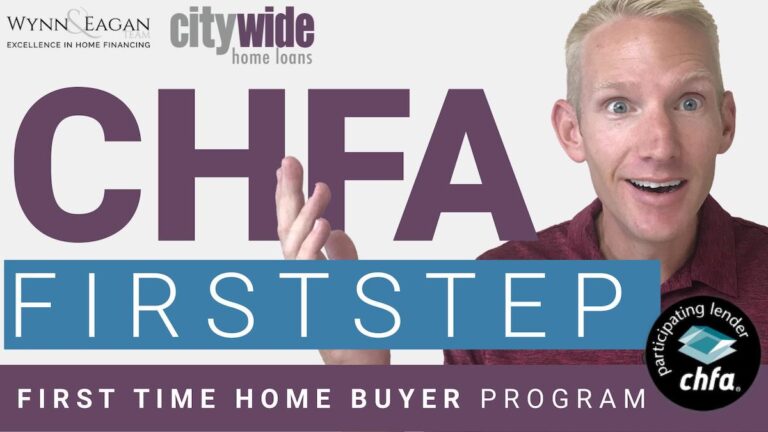
Buying your first home can be scary, confusing and even out-of-reach. Many struggle with saving “enough” money for down payment. I’ve got a strategy that will help you prepare for homeownership and save for your down payment at the same time.
 Higher Monthly Payment
Higher Monthly Payment
Buying a home normally means an increase in monthly payment. For a few reasons.
Normally first time home buyers are upgrading their lifestyle when they buy in comparison to what they are renting.
Many are also willing to invest a little more each month knowing they will likely see home values increase while keeping the monthly mortgage payment fixed realizing a long-term benefit of the up-front monthly increase.
“Fixed” Mortgage
One thing to understand about fixed mortgages is that only the combined principal and interest portion of the mortgage payment is fixed.
Generally your mortgage payment will include, not only, principal and interest, but also property taxes, homeowners insurance and mortgage insurance (if required).
Property taxes, homeowners insurance, mortgage insurance and even homwoenrs association fees (HOA) will likely change over time and something to be aware of and plan for as a first time home buyer.
Limited Cash Savings
Many first time home buyers have limitted amounts of money available to buy a home.
Up until the point they decided to buy they had other priorities. Saving for down payment was just not one of them.
As you consider buying a home, however, those priorities adjust but it does not change the fact that there is little to no money available for down payment.
What’s the Difference?
The first step you will want to take with this strategy will be to identify what the difference betwen your current rent payment and your maximum monthly house payment would be.
Let’s just say you are paying $1,850 per month in rent (which is about average for a 2 bedroom home right now in Denver).
When you sit down and lok at your budegt you determine you would be willing to go to $2,300 per month for a total housing payment.
The difference between your current rent of $1,850 and the housing payment of $2,300 is $450.
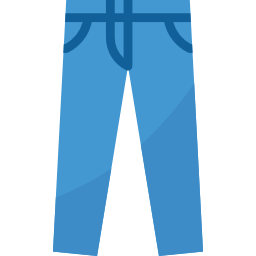 Try Your Payment on for Size
Try Your Payment on for Size
Here’s the strategy.
You’re going to try this payment on for size. The same way you might try on a pair of pants prior to buying them. Only this purchase is a bit more important, wouldn’t you say?
So take the difference, $450 in our example, and set that money aside each month. This will do two things…
Get Used to the New Payment
By setting aside the difference between your current rent and the highest housing payment you would consider you start getting comofrtable with the new payment you would have as a homeowner.
You will quickly realize whether that higher payment is doable. Or if you could go even higher.
If you find that something comes up stopping you from saving the full difference then it is important to take a step back and consider what you would do if you owned a home and that payment wasn’t optional. Would you figure out a way? Would you make your payment late? How would you solve the problem and come up with the money?
Save for Down Payment
Every month that goes by you are increasing the amount of money you have available for down payment or closing costs.
Even if you choose to utilize a down payment assistance program you will still need to have some money set aside for earnest money, home inspection(s) and closing costs. Having your savings increase over time with this strategy will help you in accumulating these funds you will need.
Another factor to consider is having an emergency fund. Unlike renting, when something needs to be repaired you are going to be on the hook for the cost. It would be a very good idea to have some emergency funds set aside in case something happens. And this strategy can help.
How Much is Required for Down Payment
The amount of money needed for down payment varies based on the loan program you are using.
If you are not utilizing a special program such as VA, USDA or a Down Payment Assistance Program you will need about 3% to 3.5% of the purchase of the home for down payment.
Don’t Forget Closing Costs
Another cost many don’t consider is closing costs.
Closing costs include everything that needs to be paid to complete the mortgage and real estate transactions including (but not limited to):
- Underwriting
- Processing
- Appraisal
- Credit Report
- Title Closing Fee (for both mortgage and real estate)
- Title Insurance
- Government Taxes
- Recording Fees
- HOA Transfer & Working Capital Fees
- Prepaids
- Mortgage Interest
- Property Taxes
- Homeowners Insurance
Closing costs vary significantly from situation to situation based on the day of the month you close, month of the year you close, purchase price of the home, property taxes, homwoenrs insurance and a variety of other factors. I would recommend budgeting between $3,000 and $8,000 for closing costs (although it could be higher or lower).
The “All-In” Cost
When buying a home you need to be prepared to cover the cost of:
- Down Payment
- Closing Costs
- Earnest Money (paid up front and creditted towards down payment and/or closing costs)
- Home Inspections (general, sewer, radon, roof, structural, etc.)
In some situation there may be other expenses that will need to be covered but that is a pretty good start.
All-in you are going to be looking at about 3% to 3.5% for down payment, $3,000 – $8,000 for closing costs, $1,500 – $20,000 for earnest money (keeping in mind that this goes towards your down payment) and $150 – $2,000 for home inspections.
How far are you from having this saved up? Just a few months? Maybe a year? Longer? The good news is that there are many zero down loan options available and creative methods to help reduce closing costs.
If you are considering a home purchase in a state we are licensed we would be happy to assist you with any questions you may have. Just give us a call at (720) 278-8275.
